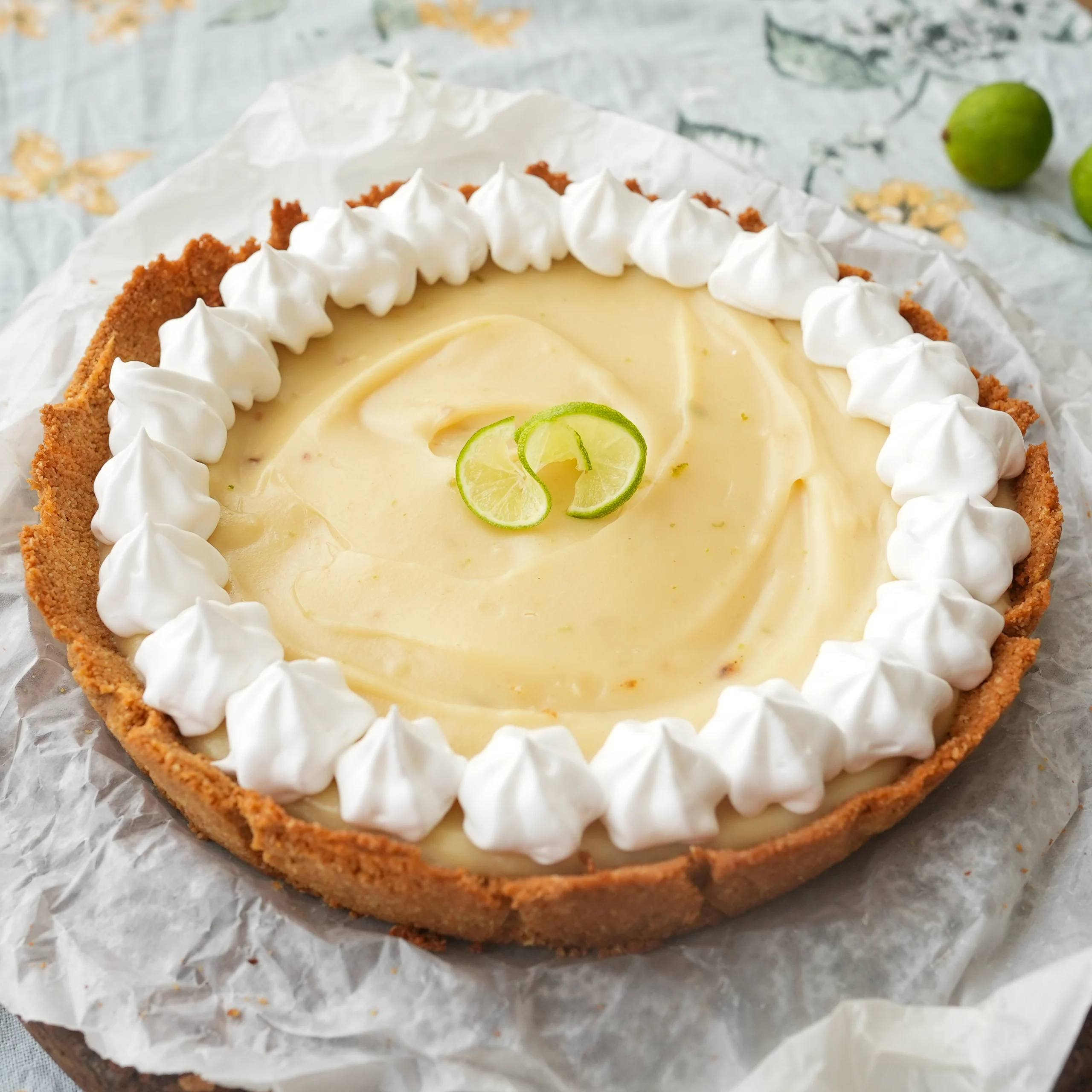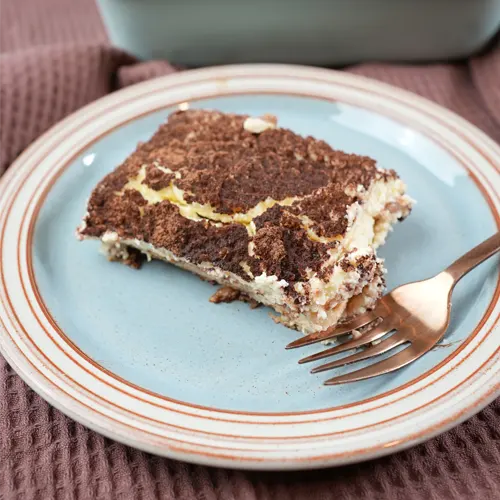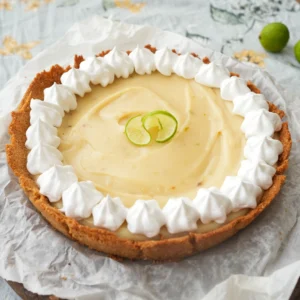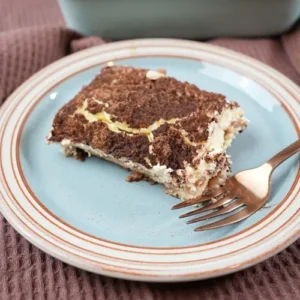The perfect way to cook rice
Rice is one of the most versatile and widely consumed grains in the world. It can be cooked in different ways and served with various dishes, from curries and stir-fries to soups and salads. It is also a good source of carbohydrates, protein, fiber, and minerals.
Daawat offers a range of rice varieties including basmati rice and parboiled rice. These varieties are widely used in various Kenyan dishes such as biryani, pilau, and other rice-based dishes.
Daawat rice is known for its consistent quality, which is achieved through careful sourcing and processing.
Daawat offers a range of rice varieties including basmati rice and parboiled rice. These varieties are widely used in various Kenyan dishes such as biryani, pilau, and other rice-based dishes.
Daawat rice is known for its consistent quality, which is achieved through careful sourcing and processing.
Table of Contents
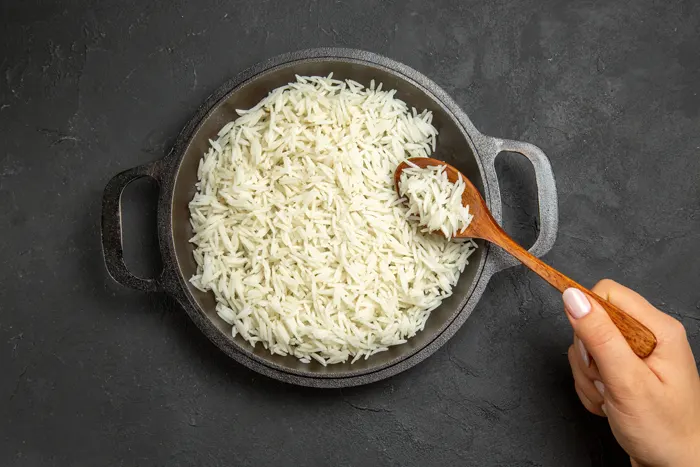
How to cook rice
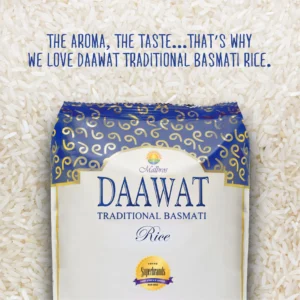
Rice is a staple food in numerous cultures around the world. It's a versatile grain that can be cooked in multiple different ways. Here is a simple guide on how to cook rice using these 4 methods -
Prep Time 20 minutes mins
Cook Time 15 minutes mins
Resting time 5 minutes mins
Total Time 40 minutes mins
Course Main Course
Servings 2 People
Equipment
- 1 Pressure cooker
- 1 Electric rice cooker
Ingredients
- 1½ Cup Rice
- 3 Cups Water
Instructions
Method 1- Using a Saucepan/Sufuria
- Under running water rinse the rice in a fine-mesh strainer until the water runs clear. This is done to remove any excess starch which prevents the rice from becoming sticky.
- Add 1½ Cup Rice , 3 Cups Water and Salt (to taste) in a medium saucepan/sufuria and let it soak for 20mins.
- Switch on the stove top and bring the water to a boil over high heat.
- Once the water is boiling, reduce the heat to low, cover the pot, and simmer for 12-14 minutes.
- Take the pot off the stove and let it sit covered,for 5 minutes
- Using a fork, Fluff the rice and serve in a bowl
Method 2- Using a Stovetop Pressure Cooker
- Rinse the rice under running water using afine-mesh strainer. This will remove any excess starch and make the rice fluffier and less sticky.
- Transfer the 1½ Cup Rice in to the pressure cooker, add 3 Cups Water and salt (if using). Lock the lid and set the valve to sealing position. Let the rice soak for 20mins.
- Transfer the pressure cooker over the stovetop, Simmer the flame and wait for the pressure to build up.
- Cook on high pressure for 5-7 minutes for white rice and 12-15 minutes for brown rice.
- Take the cooker off the stove and let the pressure release naturally for 10 minutes, then turn the valve to venting position to release any remaining pressure.
- Fluff the rice with a fork and serve hot.
Method 3 - Using an Electric Rice Cooker
- Rinse the rice under water using a fine-mesh strainer.
- Transfer 1½ Cup Rice into the electric rice cooker, add 3 Cups Water and salt.
- Put the lid on and let the rice soak for 20 mins.
- Plug in the electric cooker and flip the switch on. Make sure the ‘cook’ light is on (may differ depending on the rice cooker brand)
- Switch off the cooker once the ‘cook’ light is off. Fluff the rice with a fork and serve.
Video
Tips
It is advisable to carefully read the use and care manual provided by the manufacturer of your rice cooker and acquaint yourself with the safety guidelines prior to using it. Keep in mind that different brands may have unique features and precautions.
Each rice cooker is equipped with distinctive functionalities such as programmable settings, heating button, cook rice indicator light, keep warm indicator light, among others. To comprehend the exclusive characteristics and behavior of your device, you’ll need to experiment with it personally.
Each rice cooker is equipped with distinctive functionalities such as programmable settings, heating button, cook rice indicator light, keep warm indicator light, among others. To comprehend the exclusive characteristics and behavior of your device, you’ll need to experiment with it personally.
- You can adjust the amount of water you use depending on the type of rice you are cooking. For example, brown rice will need more water than white rice.
- You can also add other ingredients to your rice, such as butter, dry spices or herbs.
- Leftover rice can be stored in the refrigerator for up to 3 days.
Troubleshooting
- If your rice is too dry, add a little more water and cook for a few more minutes.
- If your rice is too wet, drain off some of the water and cook for a few more minutes.
- If your rice is clumpy, stir it gently while it is cooking.
Daawat Rice Variants
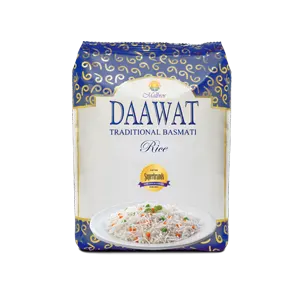
Daawat Basmati Rice
Basmati's unique taste and texture makes it the most preferred amongst consumers. Basmati is Hindi for the fragrant one.
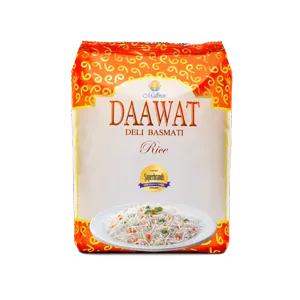
Daawat Deli Basmati Rice
Daawat Deli Basmati rice is a blended rice. It can be used for Biryanis and where budgets are a concern but still looking for a good experience.
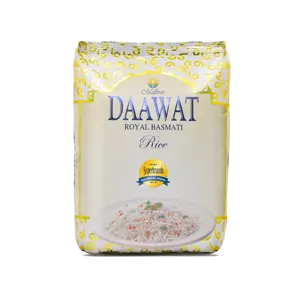
Daawat Royal Basmati Rice
Daawat Royal Basmati is a long grain with a brilliant white luster. It has a perfect non sticky texture and a fragrant aroma. Great for curries, stir fries or a side on its own.
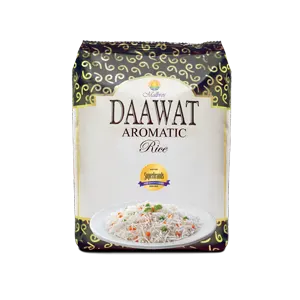
Daawat Aromatic Rice
Daawat Aromatic is the rice with a natural distinctive scent achieved through aging and is used for conventional rice recipes where it adds a touch of flavor and aroma to the meals.
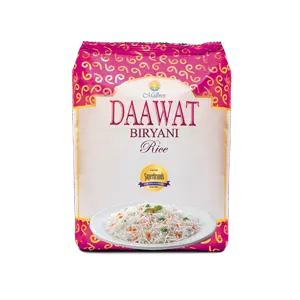
Daawat Biryani Rice
Biryani is a combination of long grain and aromatic rice which not only ensures that each single grain separates when cooked but also gives it an appetizing aroma.
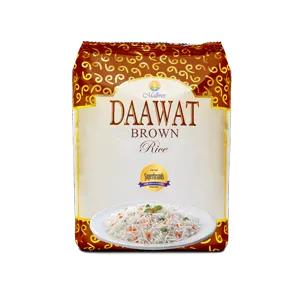
Daawat Brown Rice
Brown rice is recommended by dieticians and nutritionists as it is an excellent source of vital nutrients and minerals.
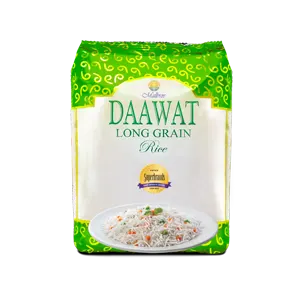
Daawat Long Grain Rice
Identified by its long and slender size, long grain rice is non -basmati rice which is carefully grown in natural climatic conditions.

